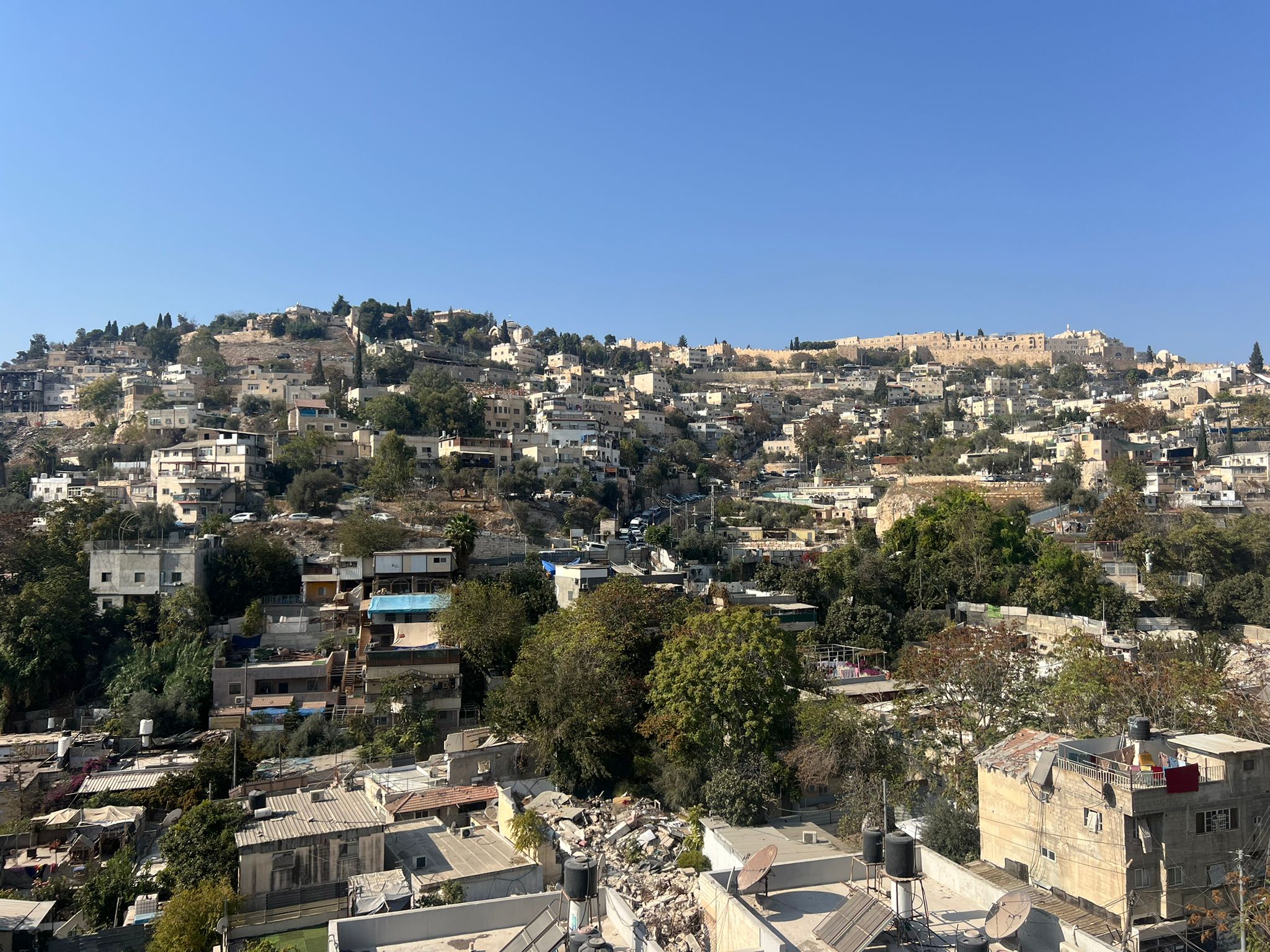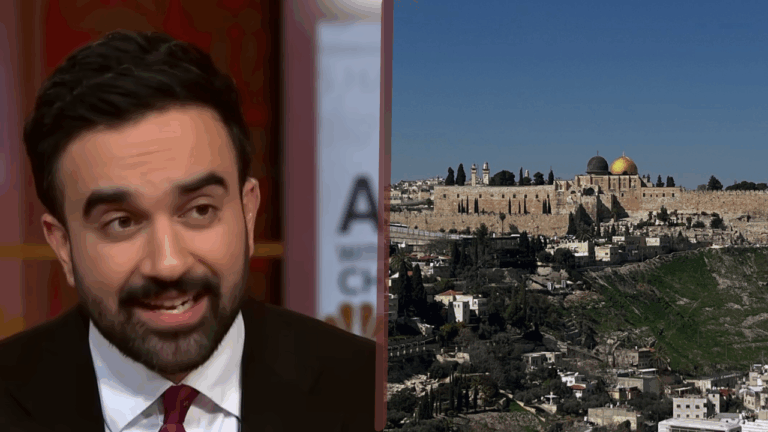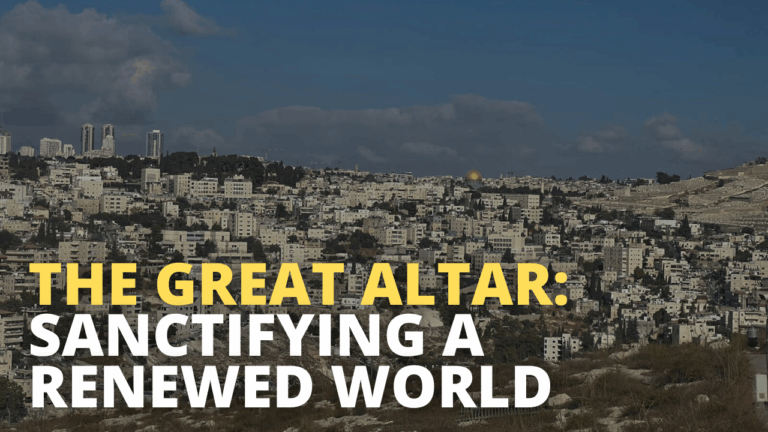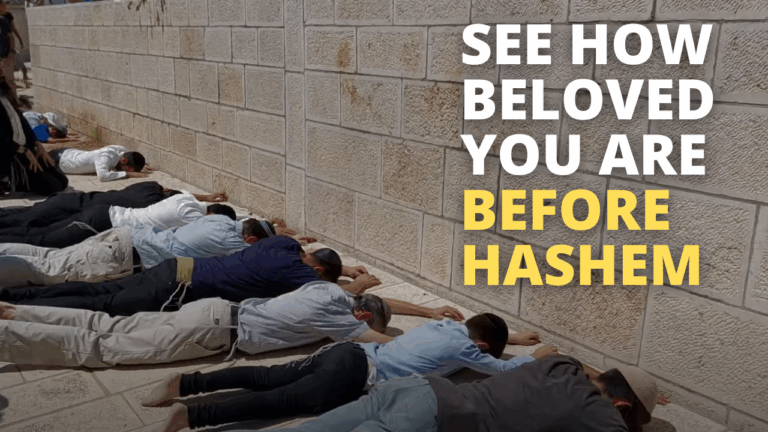Holy Competition? Rav Kook’s Warning from the Chevron-Yerushalayim Dispute
In 1906, a dispute arose between the communal leaders of Yerushalayim and Chevron concerning the distribution of tzedakah funds collected from Jews in Chutz La’aretz. The leaders of Chevron were dissatisfied with the existing arrangement and sought to establish an independent fund for their ancient community, advancing several arguments that highlighted Chevron’s spiritual distinction and unique Torah significance.
A representative of Colel Chabad turned to the recently appointed Chief Rabbi of Yaffo, the great Rav Avraham Yitzchak HaKohen Kook, asking for his view on the matter. Rav Kook (Igrot HaRa’ayah 1:39) responded emphatically that to elevate the sanctity of any city in Eretz Yisrael at the expense of Yerushalayim is to engage in the spiritual distortion of issur bamot – the prohibition to bring korbanot outside the Beit HaMikdash. By building a mizbeach outside of Yerushalayim, a Jew symbolically challenges the city’s chosenness. So too, elevating another holy city above Yerushalayim challenges its role as HaKadosh Baruch Hu’s chosen makom.
Rav Kook explained that every city in Eretz Yisrael possesses its own unique aspect of kedushah. In fact, Rav Kook went on to expound upon the beautiful spiritual character of his new home, Yaffo. Yet, no matter how exalted each city’s sanctity may be, the root of all kedushah flows from Yerushalayim alone. Indeed, Rav Betzalel Ashkenazi – the great author of the Shitah Mekubetzet and rebbe of the Arizal – had already rejected such claims centuries earlier, declaring: אם אין ירושלים ח”ו אין חברון – if there is no Jerusalem, Heaven forbid, there is no Chevron (see Teshuvot Chatam Sofer 2:233).
It is for this reason, Rav Kook concluded, that rebuilding and strengthening Yerushalayim must take precedence over any other city in the land.
Most critically, Rav Kook noted that the root of churban lies in turning away from Yerushalayim. Yerovam ben Nevat sealed the tragic fate of Klal Yisrael and Yerushalayim when he abandoned the holy city, establishing alternate centers of worship elsewhere. Nothing could endanger the budding yishuv of Eretz Yisrael more than internal division and rivalry among its leaders.
More than a hundred years after Rav Kook penned these powerful words, we are zoche to read Parshat Chayei Sarah with both Yerushalayim and Chevron under Jewish sovereignty. These two holy cities are not rivals: they are deeply intertwined, each expressing essential aspects of our spiritual composition and national destiny. But as Rav Kook taught, the unique kedushah of Chevron cannot exist without the foundational sanctity of Yerushalayim.
If there is no Yerushalayim, there can be no Chevron. But when we turn our hearts toward Yerushalayim in unity, we draw its sanctity into every corner of our beloved Eretz Yisrael.



